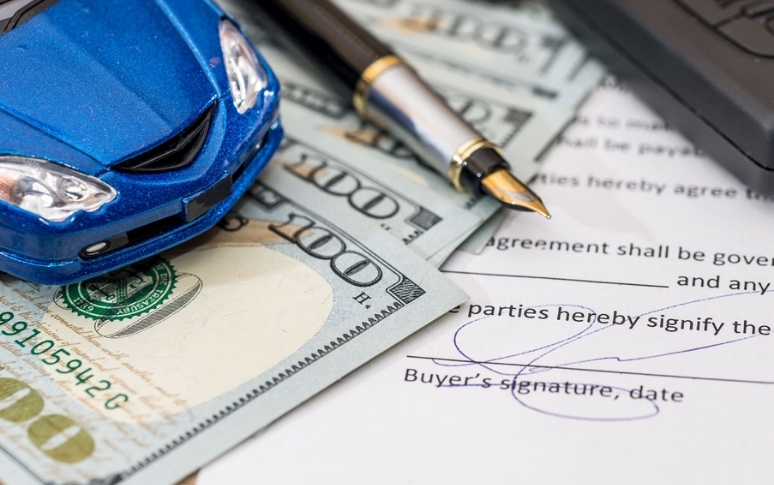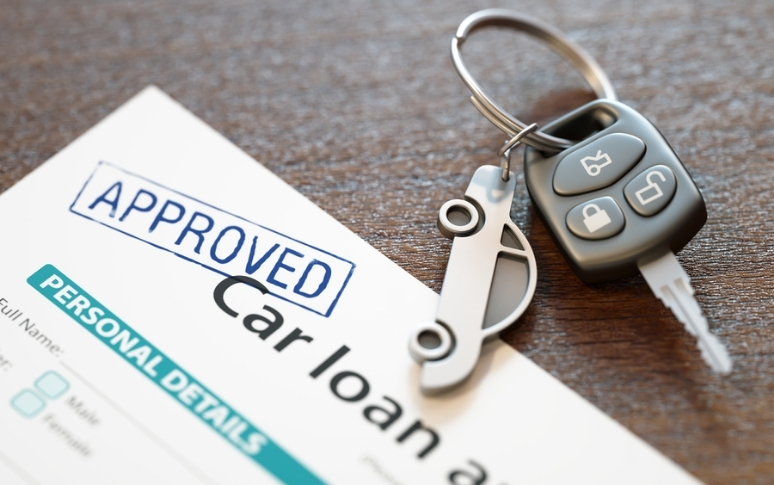How To Get The Best Car Loan Rate: A Complete Guide For Buyers
The average price of a new automobile in 2025 will be $48,623. If you choose the appropriate auto loan, you may save thousands of dollars in interest payments. This complete guide gives you insider information on how to get the best rates, stay away from common mistakes, and make smart choices that could save you up to 40% on your total interest payments.
Understanding Today's Auto Loan Landscape
In 2025, the market for car loans has changed a lot. Most Americans are using longer-term loans to pay for their new cars, which cost an average of $48,623. The average loan length has grown to 68.48 months, while loans with terms of 72 months are becoming more popular. This change has a big effect on how much buyers will have to pay and their overall financial health.
Longer loan terms may look good since they mean cheaper monthly payments, but they usually mean much higher total interest charges. For instance, extending a $43,761 loan from five years to eight years at 4% interest would cost an extra $2,852 in interest payments, even though it would lower monthly payments by $272.

The True Cost of Your Car Loan
Interest rates are a very important factor in how much your car will cost in the end. A slight difference in interest rates might make a big difference in the overall amount you have to pay. If you take out a $43,761 loan at 4% interest for five years, you'll pay $4,594 in interest. If you take out the same loan at 6% interest, you'll pay $7,000 in interest. That's a $2,406 difference.
The disparity gets considerably bigger with loans that last longer. At 4%, the same loan amount over eight years would cost $7,447 in interest. At 6%, though, it would cost $11,447, which is about $4,000 higher. Knowing what these things mean helps you make smart choices about loan terms and rates.

Credit Score's Impact on Your Loan Terms
Your credit score is perhaps the most important thing that affects the terms of your loan. Most of the time, borrowers with scores above 700 can get the best rates, which will be around 5.25% in 2025. People with bad credit, on the other hand, could have rates as high as 15.77%. Over the life of your loan, this huge difference in rates might mean thousands of dollars. For example, a borrower with good credit may pay $4,594 in interest on a $43,761 loan over five years, whereas a person with bad credit might spend more than $15,000.

Smart Strategies to Secure Lower Interest Rates
There are a number of tried-and-true ways to get better loan terms. To begin, look around at different lenders, such as banks, credit unions, and online lenders. Credit unions usually provide rates that are 1 to 2 percentage points lower than those of regular banks.
When dealerships have unique financing offers, think about buying during seasonal discounts or at the end of the year when they have clearances. Also, putting down a higher down payment not only lowers the amount of your loan, but it can also help you get a cheaper interest rate by showing lenders that you are financially stable.

The Down Payment Advantage
A large down payment has many benefits besides lowering the amount of your loan. The standard advice is to put down 20% to avoid going "underwater" on your loan, which means you owe more than the car is worth. This is quite essential because new cars lose value by 20–30% in the first year.
Even with the same interest rate, a 20% down payment ($9,725) on a $48,623 car might lower your total interest payments by more than $1,000 compared to a 10% down payment ($4,862). It also gives you more power when it comes to getting lenders to cut your interest rates.

Avoiding Common Car Loan Pitfalls
A lot of purchasers just think on their monthly payments, which might lead to expensive mistakes. Dealers might say they can lower your monthly payment by extending the loan term, but this usually means you'll pay thousands more in interest. Another common mistake is agreeing to dealer financing without looking around first, which could mean missing out on lower rates elsewhere.
Be careful of extra features and long warranties that make your debt bigger. Depending on your interest rate and term, every $1,000 you add to your loan amount could cost you an extra $100 to $200 in interest over the life of the loan.

Understanding Loan Amortization
With simple interest amortization on car loans, early payments go mostly toward interest instead of principle. Because of this front-loading of interest, you build equity in the car more slowly during the first half of the loan term.
For instance, on a five-year loan with a 6% interest rate, almost 70% of your initial payment goes into interest and only approximately 30% goes toward paying off the debt. This ratio becomes better with time, but it's important to understand how it works so you can make smart choices regarding loan conditions and ways to pay off your debt early.

Making the Right Choice for Your Financial Future
When you pick a car loan, think about your whole financial situation. Longer periods mean smaller monthly payments, but they might have a big effect on your long-term financial health. A decent rule of thumb is to keep your car costs each month (including the loan payment, insurance, and maintenance) to less than 15% of what you bring home.
If interest rates go down or your credit score goes up, you can always refinance your auto loan. To take advantage of refinancing chances that might save you thousands over the life of your loan, keep an eye on current rates and your credit score.









